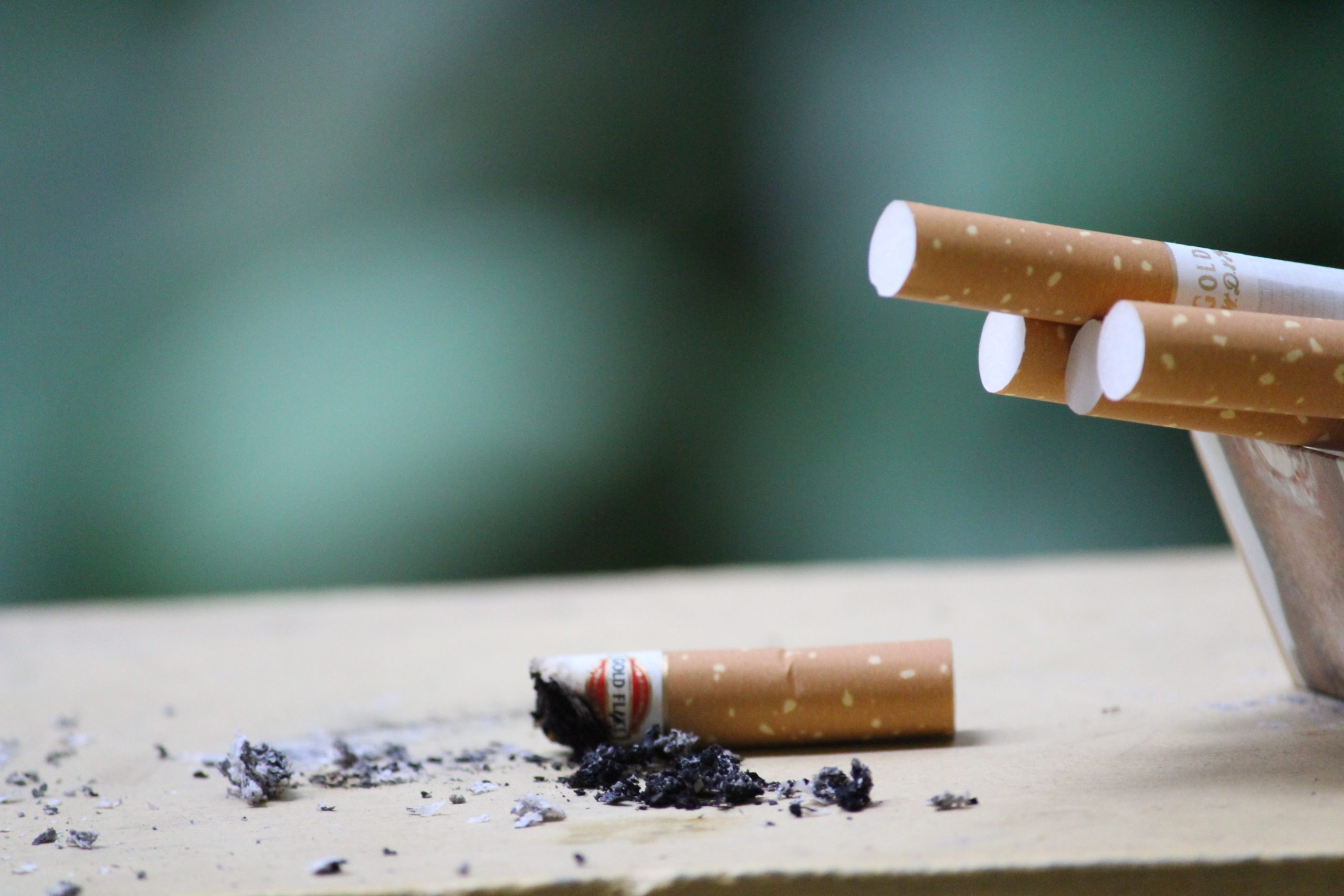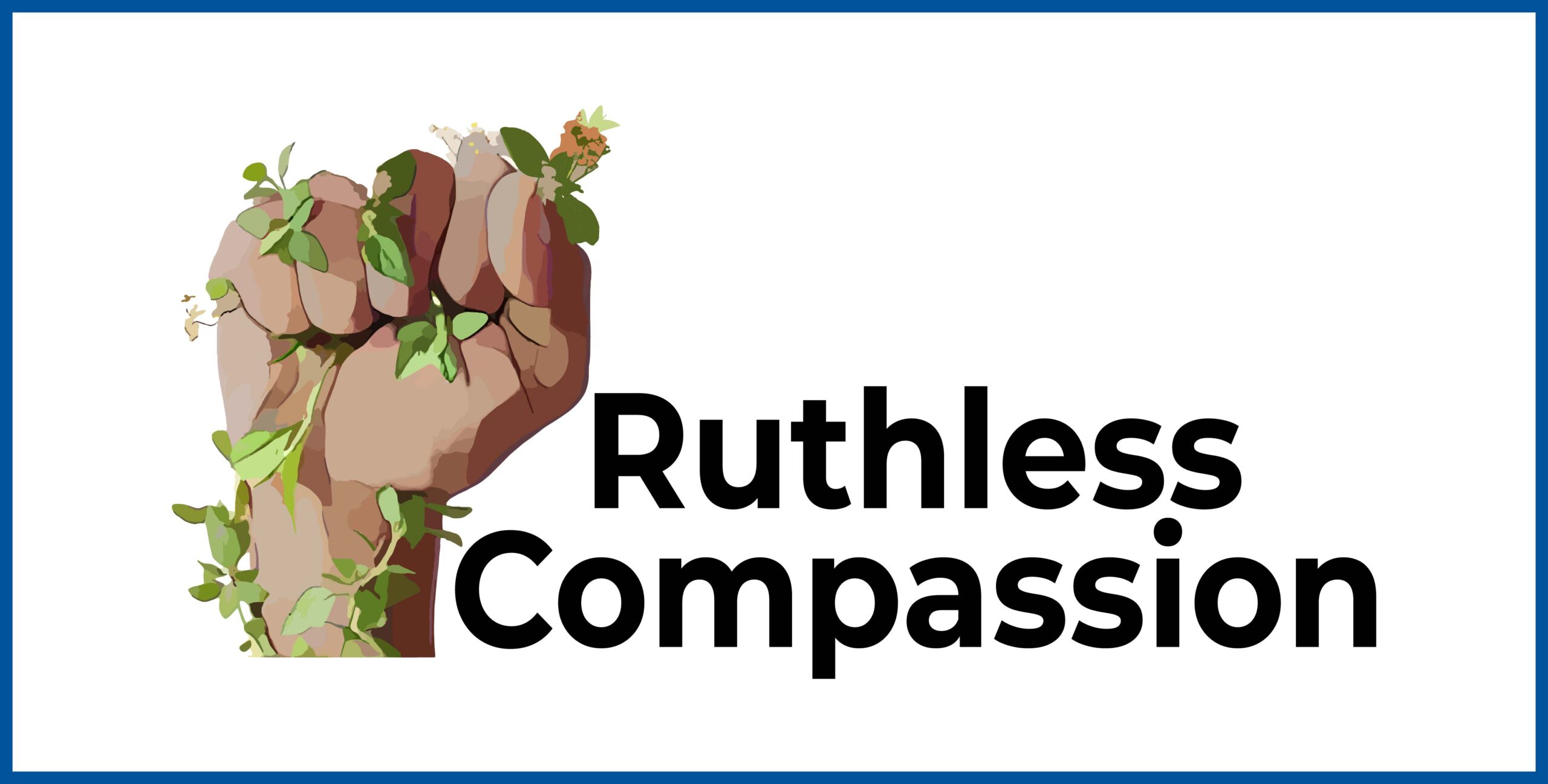We’ve been going about the treatment of addiction in the wrong way. Rather than a behavioural approach, we need to look at the true cause of addiction in order to find a viable cure.
The fact is, all addictions are caused by the same thing and therefore can be healed in the same way. First and foremost, addiction is not a disease. It’s not a case of genetic predisposition or “faulty wiring” in the brain. In fact, it’s a response to painful things that happened during childhood.
Although the disease model of addiction has been in favor for some time, it has proven ineffective in truly making sense of addiction and more importantly, in treating it. The programs which make use of this model see very poor results, with people repeatedly “falling off the wagon.”
It’s convenient to blame this treatment failure on the intractability of the addict’s disease but I see it quite differently. Treatment failure is really due to an inaccurate conceptualization of addiction and ineffective treatment methodology.
Addictions are due to trauma experienced during childhood, and sometimes even later in life. They’re a person’s way of dealing with unmet emotional needs and unresolved emotional pain.
Whether you were abused or neglected while growing up; whether you witnessed abuse, incurred the loss of a loved one or experienced a traumatic illness or accident, these events caused you to have emotional wounds and they left you with inner pain and unmet emotional needs for nurturing and healing.
If you have emotional wounds, you’ll be driven to find emotional healing and meet your emotional needs. You’ll unconsciously seek solutions that soothe, numb, distract or stimulate you; what I call the “false solutions” of addiction. The addict compulsively pursues the behavior in the erroneous belief that eventually, it will give them what they need.
This isn’t a thought-out decision, but an unconscious choice driven by the wounded “child within” which persists as the needy, illogical, impulsive part of your psyche, seeking healing and compensation for the pain and losses of the past.
This child part of the psyche is convinced that the addiction is the solution to their problems, and is compelled to repeat the addictive behavior in the false hope that this behaviour will eventually pay off.
The addictive behavior gives partial gratification, in that there’s a momentary sense of pleasure, distraction or relief from your suffering, and this encourages you to stick with it, waiting for it finally to do the trick. When it doesn’t, you can’t give up the behaviour because the child within you carries a powerful hope that it will eventually pay off is too strong.
This false hope is what gets you caught up in doing more and more eating, smoking, drinking, drugging, shopping or gambling, because you think, deep down, that if a little bit of addictive behaviour gave you some temporary relief, maybe a lot will give you permanent relief. It won’t, because addiction is the wrong solution for your problem.
The real solution is addressing your hurts and their needs; healing the emotional wounds and giving yourself the love, soothing and nurturing you’ve been lacking. Only this will take away your pain and most importantly, take away the cravings to indulge in the addiction.
The reason why people constantly fail at rehab is that they’re told to abstain from the addictive behaviour or substance without being given a viable solution for their unmet needs and wounded feelings. Unless they can substitute a real solution for the false solution of addiction, the person is doomed to be forever fighting off their cravings.
“One day at a time” doesn’t have to be your fate. You can eliminate the cravings forever by finally dealing with the emotional wounds and unmet needs you’ve been unconsciously trying to fix through addiction.
It’s not your fault if your previous attempts at rehab failed. They weren’t giving you the right treatment.
It should be clear from all of the above why addictions are interchangeable. They’re all just different ways to deal with the same problem. So, an addict can switch addictions or can simultaneously have more than one addiction.
Multiple addictions can arise as you search in vain for the answer to your emotional needs. If alcohol isn’t sufficiently effective, for example, you could add compulsive eating or drugs to the mix.
Addiction transfer happens when the person voluntarily gives up one addiction and then inadvertently picks up another. An example would be if you joined a 12-step program and quit alcohol and/or drugs but then began shopping compulsively, or if you had stomach stapling surgery for overeating and then became a compulsive gambler and/or drinker.
People also transfer addictions when they’ve been forced to let go of one; for example, if you’ve been put into a court-mandated drug program, or if you’ve hurt your back and can no longer work out compulsively.
I’ve developed a treatment for all addictions that’s a simple four-pronged approach which addresses the childhood wounds and will enable you to replace the addictive behavior with what you really need.
1: You have to first, face the truth about your past and see how the hurts and losses that you’ve experienced have left you with emotional wounds;
2: You must grieve your hurts and losses over time and eventually let go of all your pain;
3: You must put the past behind you once and for all, so that you’re no longer compelled to keep trying to fix it in the present;
4: You must go after the things that will bring you real self-nurturing and real fulfillment today. These things include good self-care, loving relationships, meaningful work and fulfilling pastimes.
By recognizing the true cause of you addictions and by adopting the four-pronged approach, you and every addict can work toward being fully recovered, as opposed to being forever “in recovery.”
In my book, “Emotional Overeating: Know the Triggers, Heal Your Mind and Never Diet Again, I go into greater detail about food addiction, as well as all other addictions.
Sign up here for my free biweekly wellness newsletter that brings you fresh, thought-provoking content.
Subscribe to my YouTube Channel to watch my series Moving into Autumn with Good Self-Care, where you’ll learn simple tips for taking the best care of yourself and your loved ones this fall season.
Tune in to my Ruthless Compassion Podcast where I go in-depth about topics like mental health, trauma, and loneliness.



